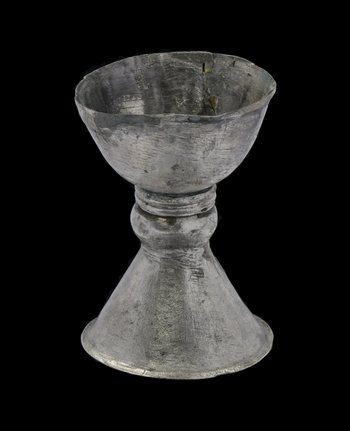Theocracy
Primacy of religion
The unity of faith in all Christian kingdoms increased the position of power of the Church throughout Europe. The Pope defined the universal dogmas and the moral framework by which even the crowned heads had to orientate themselves in order not to be contestable in their 'God-given legitimacy'.
In the High and Late Middle Ages (11th to 15th century), the Church was a constant companion of the social life, and religious service part of everyday life and holidays. For this a complex liturgy had evolved: Ceremonies, patterns of conduct, gestures, sermons, prayers, and songs were performed according to fixed rules and in keeping with the occasion - for example, baptism, communion, anointing of the sick, marriage, funeral.
Christian pilgrimage to the biblical places in Palestine was also part of medieval faith. The driving forces were, for example, meditation, penitence, and vows. In the 12th century, religious itinerancy was already a mass phenomenon. When the Crusaders had to abandon the pilgrimage sites in the Orient in the 13th century, inner-European sacred sites (for example tombs of saints) came to the fore in the Occident. The saints were supposed to intercede with God and also exert influence in life. This was the basis for the veneration of relics. Remains of the body or possessions of a saint are supposed to transmit the healing effect of the venerated person to the faithful, be it through mere proximity, sight, or touch. Already the early Christians worshipped the relics of their martyrs. In the Middle Ages, this kind of piety increased immensely. This reflects a great need for help and existential fear in large parts of the population.
